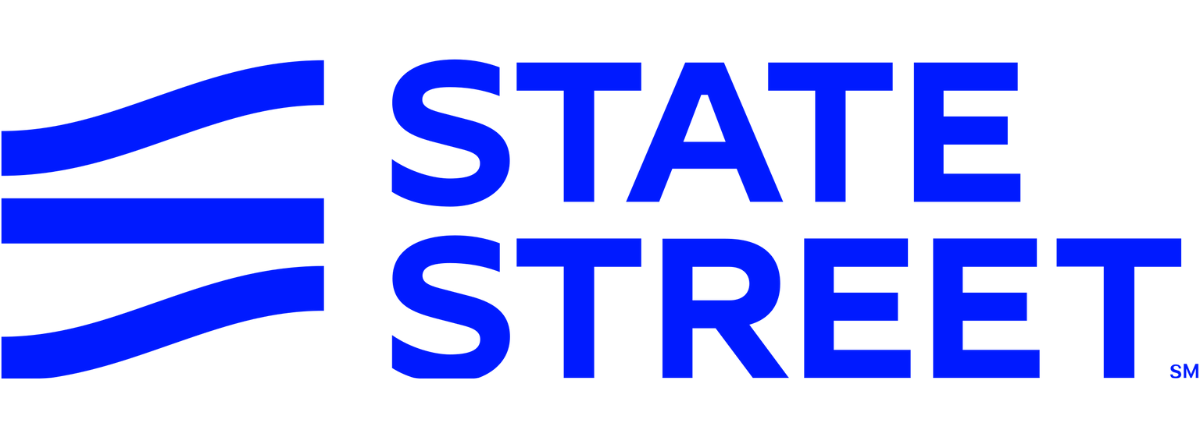In May 2019, the securities and exchange commission (SEC) in the US gave the go-ahead for
actively managed ETFs to not be required to publish daily portfolio holdings
while still reaping the benefits of trading as an ETF. But active ETFs are not new so why is this such a monumental step for the industry?
The transparency rule change is likely to bridge the gap between active and passive as it will enable active managers who were not comfortable to disclose their secret recipe to the wider market to gain the opportunity to expand their offering, according to a recent report by State Street.
Passive ETFs, which replicate the performance of an index, is reliant on its transparency because it enables investors to gain exposure to a specific sector, geography or asset class at a competitively low price and know what are the ETF’s holdings.
If an investor was to try and replicate the performance of an ETF themselves, they would be underperforming as a result of transaction costs and tax fees.
State Street says this development in the US is significant because it will give managers the assurance that they can protect their proprietary intellectual property while still taking advantage of the many benefits of an ETF structure.
As a result of ETFs offering low fees, active mutual funds have suffered a decline in market share as investors seek better fees and liquidity.
However, the growth in ETF adoption has seen only a handful of ETF issuers dominate the industry such as iShares, Vanguard and State Street. A regulatory change like this will offer opportunities for new industry entrants and product innovation.
The main difference between traditional ETFs and non-transparent ETFs is how only authorised participants (APs) have control of the trading process. Non-transparent active structure introduces a new role as an AP representative who is independent of the AP and the fund.
The AP representative will have access to confidential accounts to compile the inventory necessary to complete the in-kind delivery to the fund.
Otherwise, the non-transparent ETFs will be similar to open-end mutual funds where they are required to disclose holdings on a quarterly basis.
While the regulation has only been given the green light in the US, it is therefore important to know that the active share ETFs can only be composed of US exchange-listed securities and would not be suitable for managers which specialise in the foreign market.
Central Bank of Ireland should follow SEC in allowing non-transparent ETFs
State Street will closely monitor how distributors and broker-dealers handle the similarities of ETFs and mutual funds. If there happens to be a surge in the volume of products coming to market, fees will most likely be the deciding factor for investors.
Additionally, the firm believes managers must take into consideration their wider product offerings when contemplating the launch of new products. Such that if they have had a bad experience with a strategy in a mutual fund structure, these issues will not be resolved as an ETF.
The implementation of non-transparent ETFs in Canada has resulted in the structure outgrowing their passive counterparts in terms of lows. Actively manage ETFs account for 44% of Canadian ETF inflows between January 2018 and May 2019. It has resulted in all Canadian banks having an ETF line-up with international managers entering the Canadian market as well.
In tandem with the likelihood of the US introducing non-transparent ETFs, innovations such as zero-fee ETFs, smart beta and thematic strategies mean there is so much more room for growth for the ETF industry and State Street believes this a very exciting part of the market.



